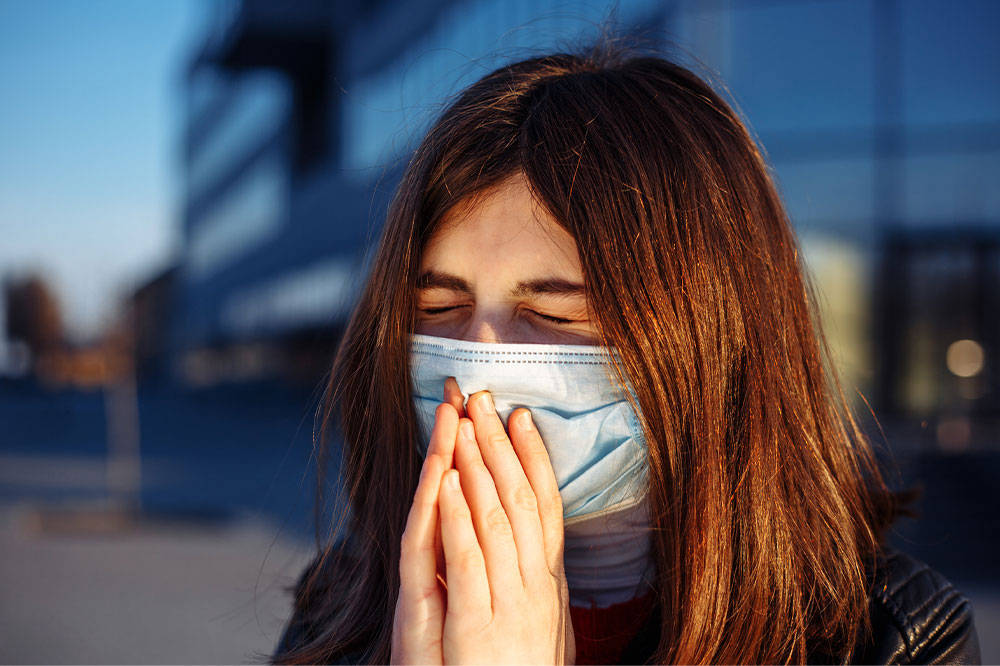
Pet allergy – Causes, symptoms, and remedies
If you have experienced excessive coughing, sneezing, and other symptoms in the company of pets, you might be dealing with pet allergies. These symptoms can cause discomfort and may be triggered by various factors. Learning about their causes, symptoms, and available treatment options is important for better identification, understanding, and managing pet allergies. Knowing the possible treatments can help you enjoy quality time with your furry friends without dealing with annoying symptoms.
Pet allergy causes
Allergies can be triggered by some proteins found in the pets’ saliva, urine, skin cells, and dander. Sensitive individuals susceptible to such an overreaction by the immune system usually indicate low tolerance for these allergens. While you might not be allergic to a specific animal, you could still be allergic to certain breeds.
Pet dander
One of the most common causes of pet allergy is the dander these animals carry. It is the dead skin cells or flakes that are shed off. These dead skin cells can fly away with the wind and circulate in the environment. It might cause the dander to enter your respiratory system, triggering an allergic response.
Urine
Your pet’s excretory products contain proteins responsible for triggering an allergic response. These proteins can mix in the air and circulate in the environment and can be especially problematic in households with insufficient ventilation.
Saliva
Most house pets are experts at grooming themselves by licking their coats. However, their saliva contains compounds that can give rise to allergenic responses in sensitive individuals. When such people cuddle or play with their pets, the chances of contact with animal saliva increase, putting them at a higher risk of allergic reactions.
Pet allergy symptoms
Pet allergies can range from a mild reaction to a severe one. The allergy can manifest in the form of various symptoms, including-
Sneezing
One of the common symptoms of any allergic reaction is sneezing and a runny or congested nose. If you experience frequent sneezing episodes coupled with a runny nose in the presence of your pet or some other animal around you, it might result from pet allergies.
Watery eyes
Itchy, red, irritated, and excessively teary eyes could be another indication of exposure to allergens.
Skin reaction
If pet allergens coming into direct contact with you make your skin break out in hives and rashes, it might be time you get tested for pet allergies. Some might even experience worsened eczema symptoms or other skin disorders.
Coughing
Individuals with respiratory system disorders like asthma might experience frequent coughing and wheezing fits. It is a result of allergens present in the environment as airborne particles.
Pet allergy treatment options
You can use commonly available treatment options to keep pet allergy symptoms in check. The cost of pet allergy treatment might vary based on the chosen treatment.
Immunotherapy
Immunotherapy compounds are treatment options that can be used effectively for the long-term management of pet allergies. This treatment helps the immune system build resistance to allergens over time.
Nasal rinses
This treatment can help rid the nasal passage of allergens and reduce congestion.
Air purifiers
Using HEPA filters to purify the air around you and eliminate common airborne allergens can help improve indoor air quality. It makes breathing easier and reduces the frequency and intensity of allergic reactions.




